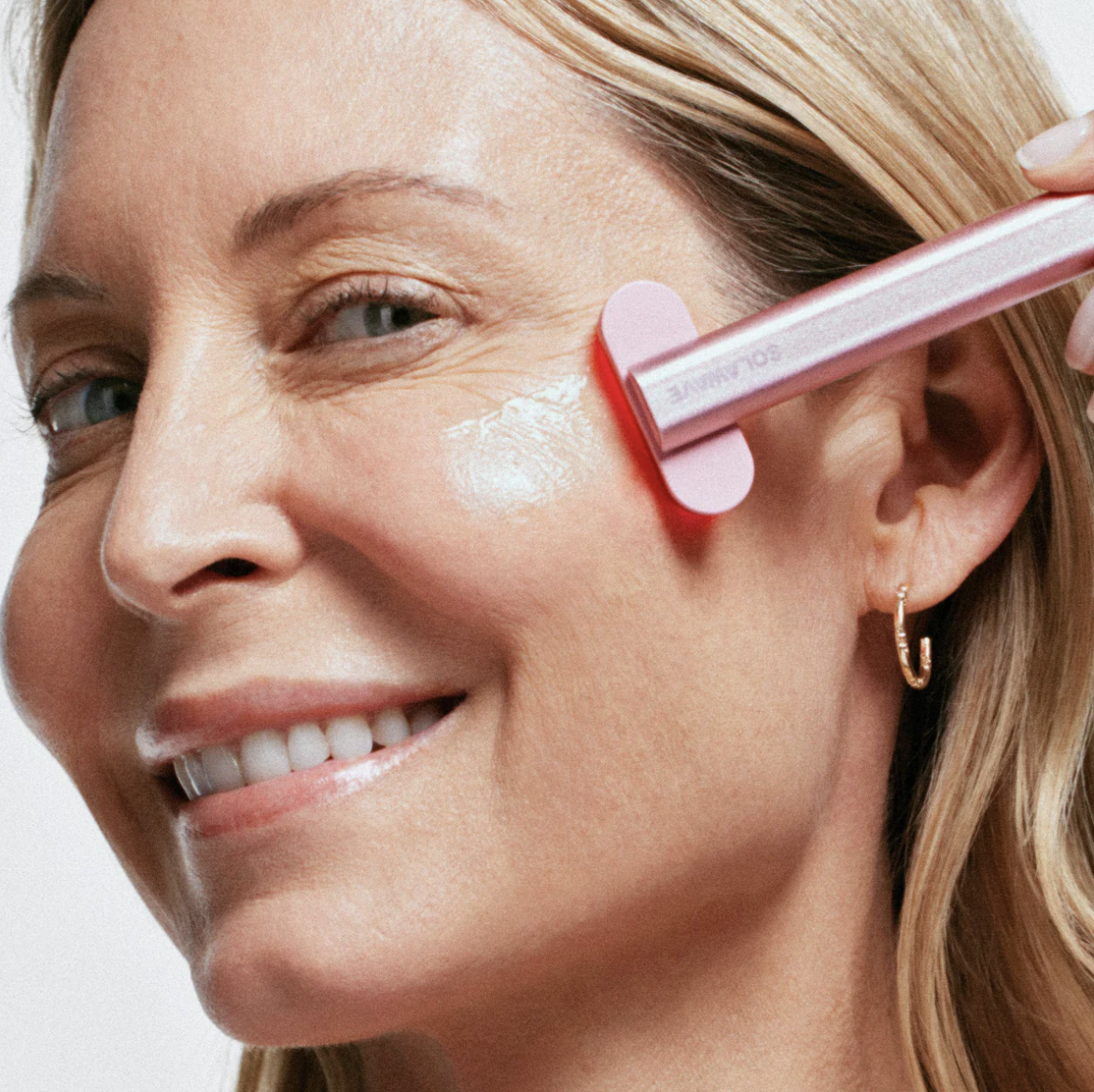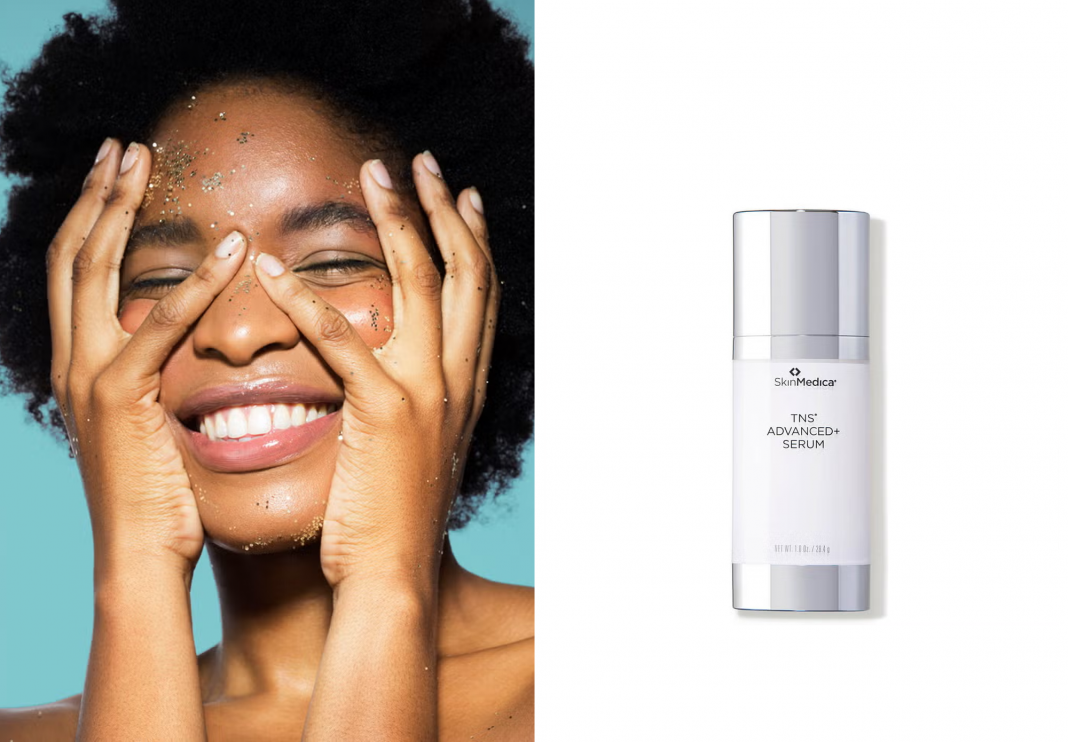Are those lines framing your smile adding charm—or stress? Laugh lines, or nasolabial folds, are a natural part of aging—but today’s skincare and aesthetic treatments offer real ways to soften them. From at-home ingredients to in-clinic procedures, experts weigh in on what works, what doesn’t, and how to embrace the process.
Understand why they form
Laugh lines develop through a mix of natural aging and everyday life. As we age, collagen and elastin—proteins that keep skin firm—fade, while repetitive facial movements from smiling or laughing carve grooves into our skin. These lines start as dynamic (only visible during expression) and can gradually become static (visible even at rest).

But they don’t happen in isolation. Lifestyle factors like sun exposure, smoking, genetics, and loss of facial volume all intensify the effect. While laugh lines are a mark of a life well-lived, science can help soften their appearance.
Build a daily skincare routine
The first line of defense is a powerful home regimen. Retinoids (like retinol or prescription tretinoin) are considered gold standard—they stimulate collagen, speed up cellular turnover, and can diminish fine lines over time. Consistency is key: expect to see subtle improvements after three to six months of regular use.

Hyaluronic acid, peptides, and vitamin C are also crucial. Hyaluronic acid deeply hydrates, plumping the skin and minimizing line depth. Peptides support skin structure, boosting collagen and elasticity. Vitamin C protects against free radicals and enhances firmness.
Sunscreen remains the most important daily habit—preferably SPF 30+. UV exposure accelerates collagen breakdown, making prevention essential.
Consider facial exercises and massaging techniques
In-clinic treatments are effective but can come with downtime or cost. For more accessible alternatives, facial exercises and massage may help. Certain face-yoga moves activate muscles around the mouth, which could reduce the depth of lines over time. Simple routines—like pulling lip corners sideways against gentle resistance—can strengthen the orbicularis oris and soften nasolabial folds.

DIY facial massage also boosts circulation and lymphatic flow. When combined with a hydrating oil or product, it can smooth textures temporarily. Though less dramatic than professional treatments, these low-risk options support long-term skin resilience.
Explore in-office treatments for deeper lines
When laugh lines become pronounced, in-office procedures can offer faster, more dramatic results:
Botox and neurotoxins ease muscle movement, preventing deeper dynamic lines. While more common for forehead lines, they may complement other treatments.
Dermal fillers, particularly hyaluronic acid variants like Juvederm, immediately fill static folds by restoring volume—results tend to last six to eighteen months.
Laser resurfacing (e.g., Fraxel) and radiofrequency microneedling stimulate collagen and tighten skin without extensive downtime.
Chemical peels and microneedling also support smoother texture through collagen induction.
These methods can be combined for cumulative benefits—mixing fillers, laser, and a strong home routine often delivers the best results.
Aging gracefully, on your terms
Laugh lines tell stories. They reflect a life filled with joy, laughter, and expression. While they don’t need erasing, today’s tools allow us to decide how defined a story we want to tell. With consistent skincare, lifestyle vigilance, and select professional treatments, deep lines can soften without losing character.
True beauty isn’t about erasing time. It’s about embracing it—with care, confidence, and intention. So smile lines can stay—but they don’t have to define our reflection.





